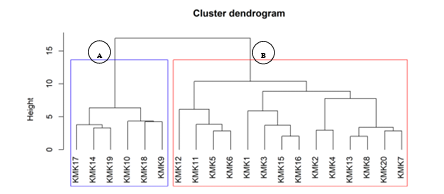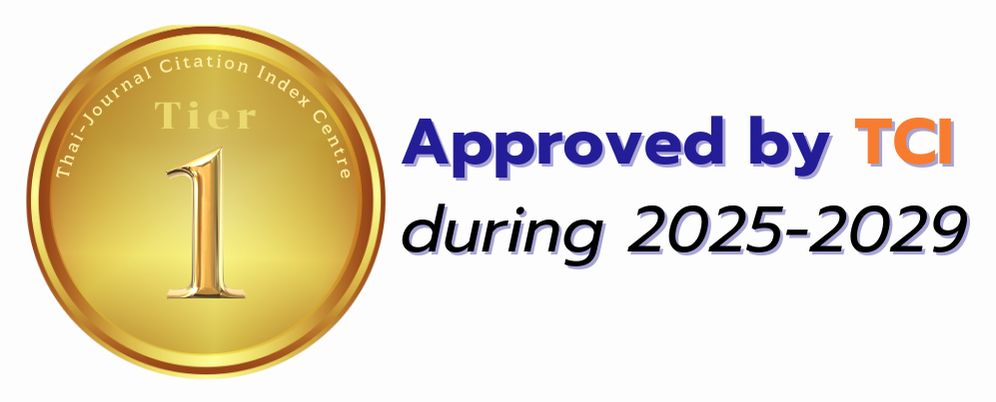Biomass Amounts and species composition in Dry Dipterocarp Forest, Khun Mea Kuang National Reserved Forest, Chiang Mai Province
Keywords:
Biomass amounts, species composition, Dry Dipterocarp forest, Ordination, Plant communityAbstract
Dry dipterocarp forest (DDF) in northern Thailand distribute in dry area, low nutrient with low recruitment rate on tree growth, also low biomass accumulation due to the limited resource and accruing of forest fire. However, DDF still plays important role in biomass and carbon sequestrations in the forest through photosynthesis and respiration process, also the forest could suddenly release carbon by uncontrol forest fire. The study of biomass amounts and forest composition in DDF was accessed in 2017 which aimed to investigate the potential of biomass amounts in the community at Khun Mea Kuang National Reserved Forest. Twenty sample plots of 20 ? 20 m were randomly established in DDF, then, the species composition and environmental factors were investigated in each plot. Ordination analysis was applied for detecting the relationship between stand and environmental factors. The 47 species 41 genus 25 family were found in this study. The biomass amount was 80.9?11 Mg ha-1. The results showed that the community were separated for two group as group A which the sub-community dominated by Shorea obtusa and group B which the sub-community dominated by Dipterocarpus obtusifolius. Species diversity based on Shannon-Wiener index was higher in A group than B group, 2.37 and 2.28, respectively.
Downloads



.png)





